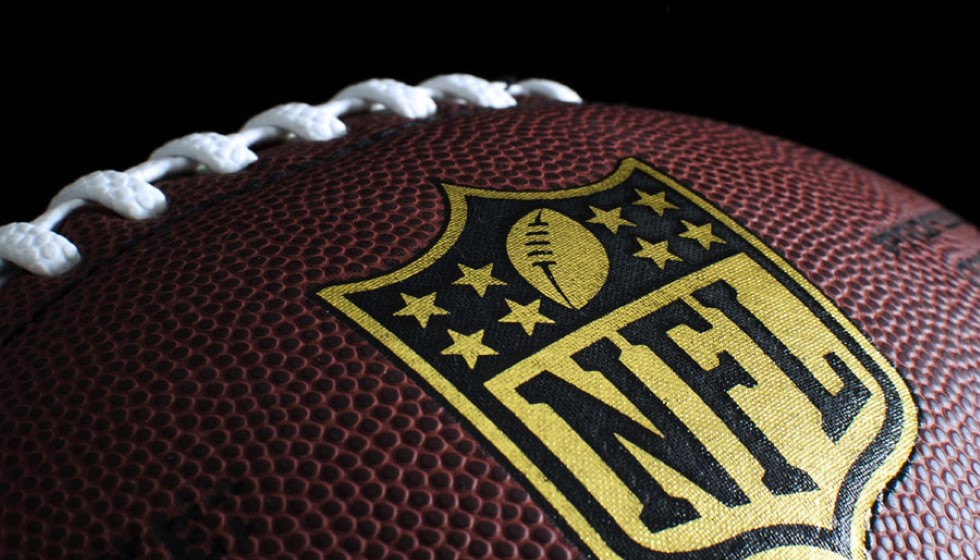
The future of Arrowhead Stadium, the iconic home of the Kansas City Chiefs, is currently under scrutiny. The franchise faces a significant decision: should they renovate the current stadium or construct a new state-of-the-art facility either in Kansas or Missouri?
With a pressing six-month deadline to finalize these plans, the Chiefs are being meticulous in their approach. Mark Donovan, the team's president, emphasized the magnitude of this decision: "This is a generational decision. This is going to impact the future of this franchise for generations."
Renovation vs. New Construction
Both options come with their own set of challenges and opportunities. Renovating Arrowhead, which the Chiefs have committed to using through the 2031 season, would necessitate careful staging to ensure that the team can continue to play their home games there during the construction period. On the other hand, building a new stadium from scratch would provide the chance to incorporate modern amenities, including a retractable roof, and potentially align with Chiefs owner Clark Hunt's ambition to bring a Super Bowl to Kansas City. "What we have to have is somewhere to play our games for the '31 season," Donovan said. "To do that, we have to back up to, when do you build? If you’re renovating, how do you do it over multiple seasons while still playing there? A lot of factors go into that."
Financial Backing and Political Support
The financial implications of either scenario are immense. Kansas has taken a proactive stance, approving a financing plan that could cover up to 70% of the costs for new professional sports stadiums. Not to be outdone, Missouri Governor Mike Parson has promised an aid package for the teams by the end of the year. This political and economic support is crucial as the Chiefs navigate their options.
Interconnected Stadium Plans
Interestingly, the Chiefs' stadium plans are intertwined with those of the Kansas City Royals. Previously, a joint ballot initiative with the Royals to extend a sales tax for facility renovations was shot down by voters in Jackson County, Missouri. Now, both franchises are independently pursuing their stadium needs. Royals owner John Sherman has expressed a preference for relocating to a new downtown ballpark by the 2030 season. This separation allows each team to focus on their bespoke requirements without the need to compromise.
Despite being over five decades old, both Arrowhead and Kauffman Stadiums are showing their age, further highlighting the need for significant renovations or complete replacements. These aging infrastructures no longer fully serve the needs of modern sports franchises and their fans.
Planning Amidst Deadlines
Donovan acknowledges the tight timeline: "We have to get this right. We are going to do the due diligence. We are going to take our time and do it right. But there is a reality to the timing. You can only take so much time to get it right. And that window is starting to close." With the Chiefs needing a definitive plan soon to meet their 2031 season timeline, the pressure is on to make a decision that balances immediate needs with long-term goals.
Practical Considerations
Parking and modern training facilities also factor heavily into the Chiefs' plans. These are not just amenities but essential components that impact player preparation and fan experience. Comprehensive planning is required to ensure that any new or renovated stadium meets these needs effectively.
Donovan summed it up by reflecting on the broader implications of their decision: "Really the deadline is how can you be up and running in a new facility or a renovated facility for January of the 2031 season." As the clock ticks, the Chiefs’ management must carefully weigh their options, keeping in mind that the choice they make will echo through the coming decades.
One thing is clear: the Chiefs' leadership is committed to ensuring the franchise's storied history is preserved while paving the way for future successes. The fans, the team, and the broader Kansas City community wait with bated breath to see what the next chapter holds for their beloved Arrowhead Stadium.